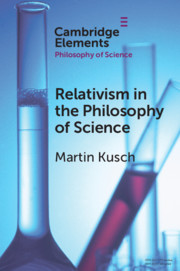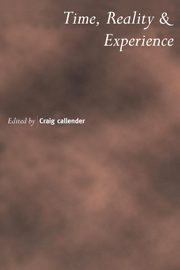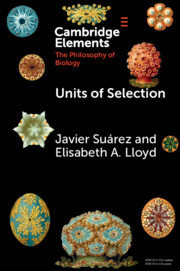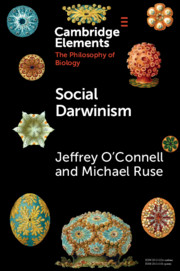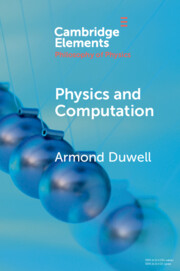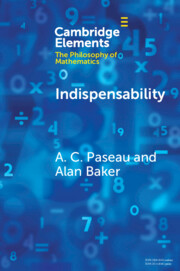Structure and Equivalence
Part of Elements in the Philosophy of Physics
- Author: Neil Dewar, Ludwig-Maximilians-Universität Munchen
- Date Published: March 2022
- availability: Available
- format: Paperback
- isbn: 9781108823760
Paperback
Other available formats:
eBook
Looking for an inspection copy?
Please email [email protected] to enquire about an inspection copy of this book
-
This Element explores what it means for two theories in physics to be equivalent (or inequivalent), and what lessons can be drawn about their structure as a result. It does so through a twofold approach. On the one hand, it provides a synoptic overview of the logical tools that have been employed in recent philosophy of physics to explore these topics: definition, translation, Ramsey sentences, and category theory. On the other, it provides a detailed case study of how these ideas may be applied to understand the dynamical and spatiotemporal structure of Newtonian mechanics - in particular, in light of the symmetries of Newtonian theory. In so doing, it brings together a great deal of exciting recent work in the literature, and is sure to be a valuable companion for all those interested in these topics.
Customer reviews
Not yet reviewed
Be the first to review
Review was not posted due to profanity
×Product details
- Date Published: March 2022
- format: Paperback
- isbn: 9781108823760
- length: 75 pages
- dimensions: 228 x 151 x 5 mm
- weight: 0.134kg
- availability: Available
Table of Contents
Introduction
1. Definitions
2. Translation
3. Ramsey sentences
4. Categories of theories
5. Newtonian mechanics
6. Symmetry
7. Galilean spacetime
8. Conclusion
References.
Sorry, this resource is locked
Please register or sign in to request access. If you are having problems accessing these resources please email [email protected]
Register Sign in» Proceed
You are now leaving the Cambridge University Press website. Your eBook purchase and download will be completed by our partner www.ebooks.com. Please see the permission section of the www.ebooks.com catalogue page for details of the print & copy limits on our eBooks.
Continue ×Are you sure you want to delete your account?
This cannot be undone.
Thank you for your feedback which will help us improve our service.
If you requested a response, we will make sure to get back to you shortly.
×


